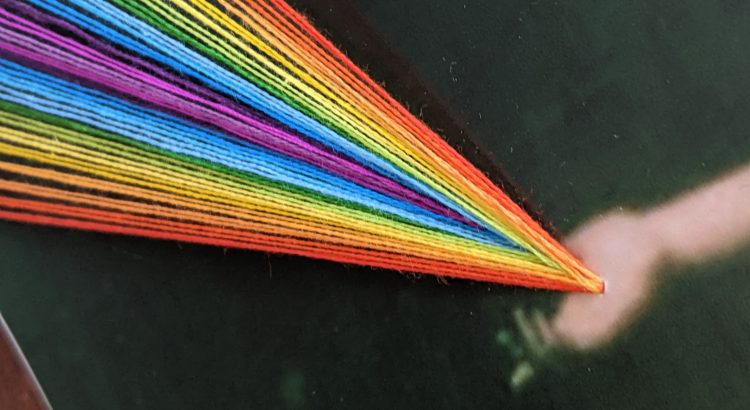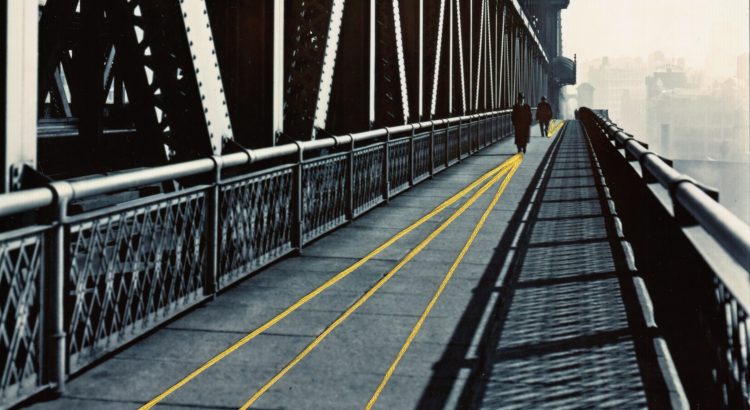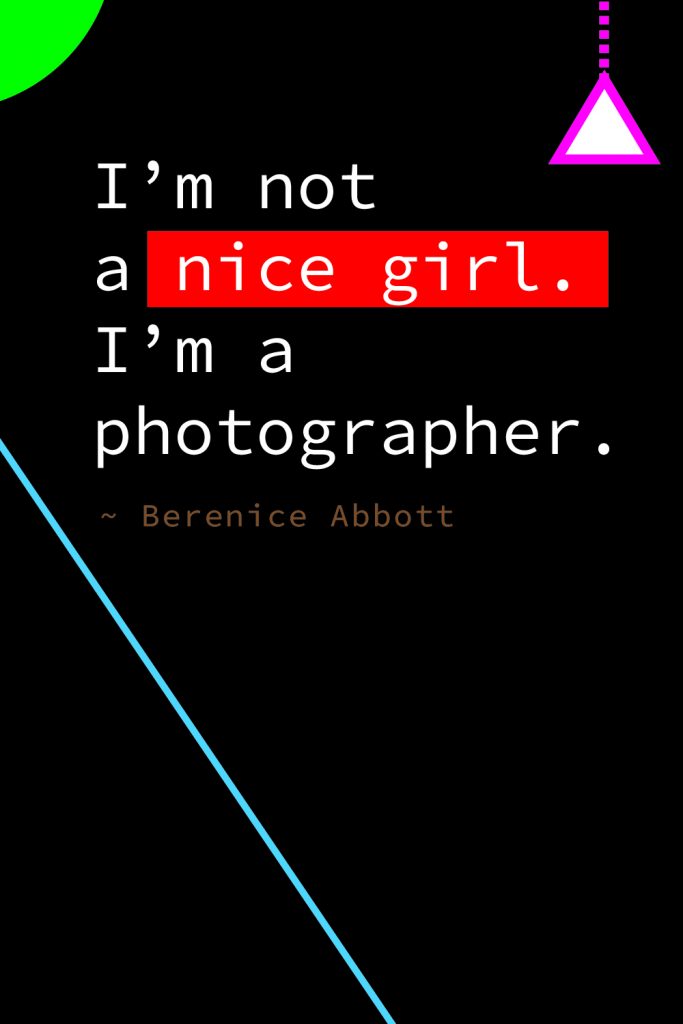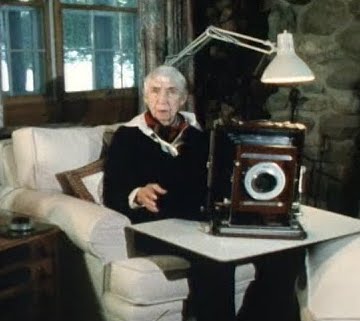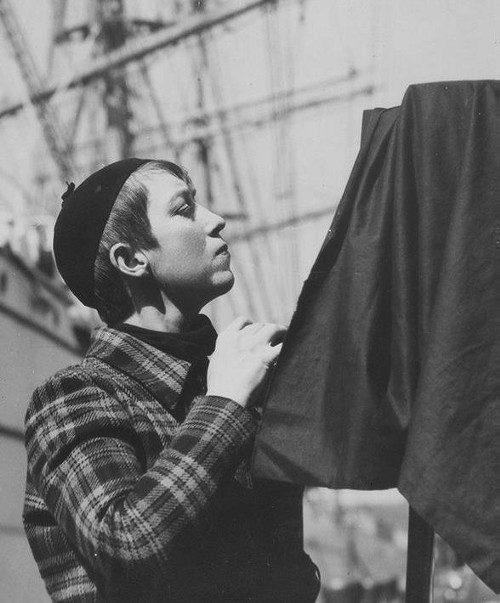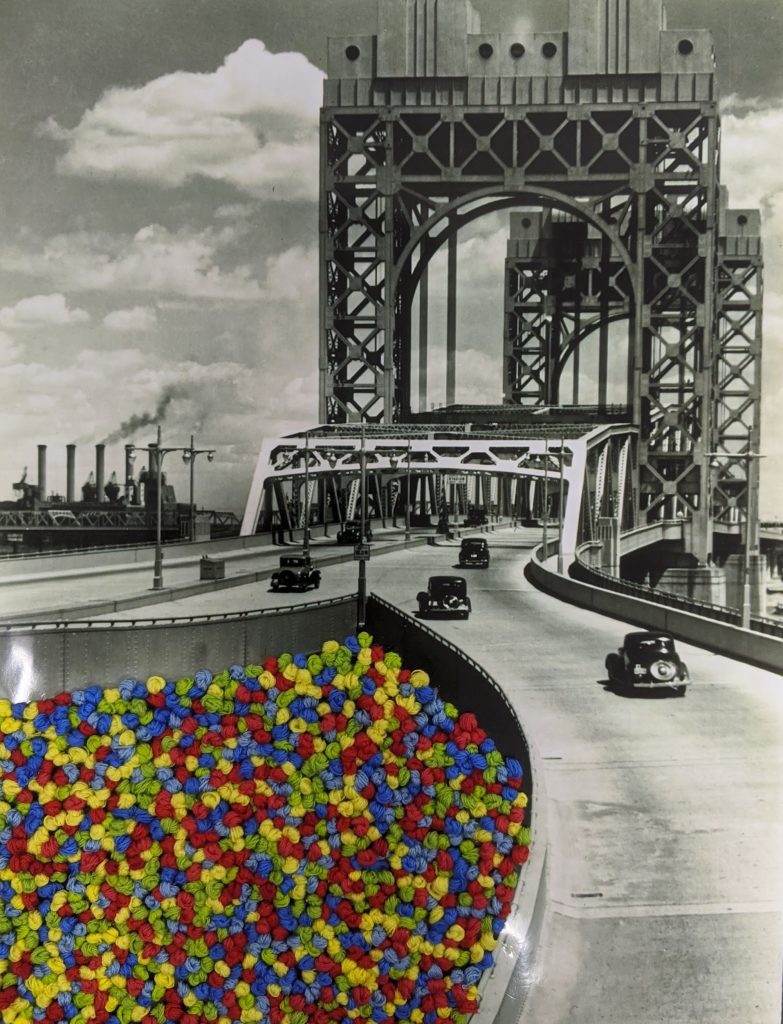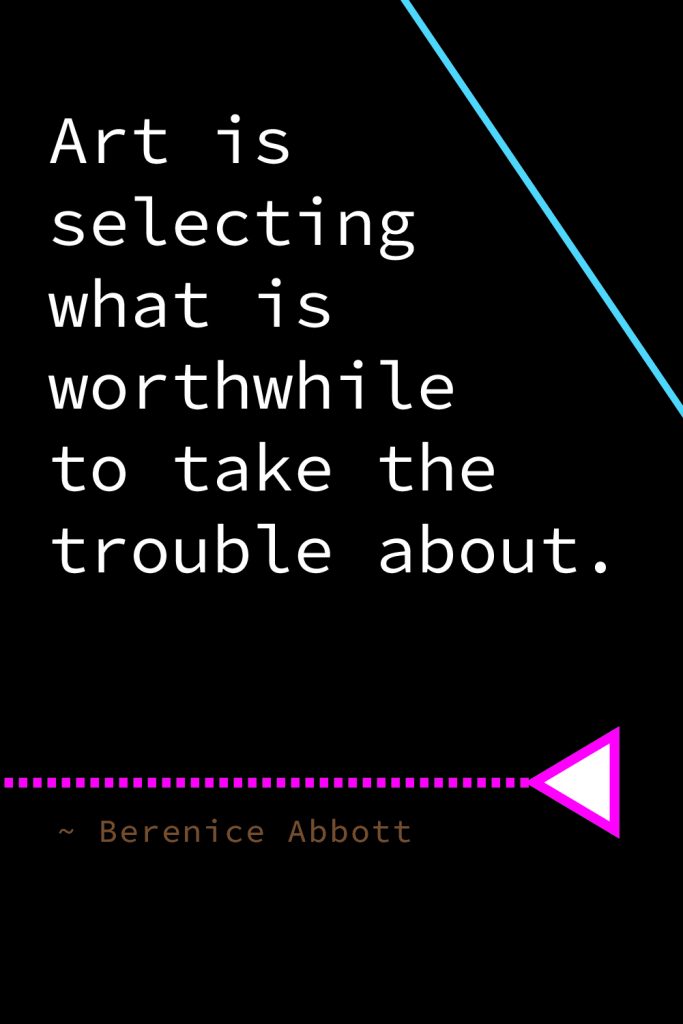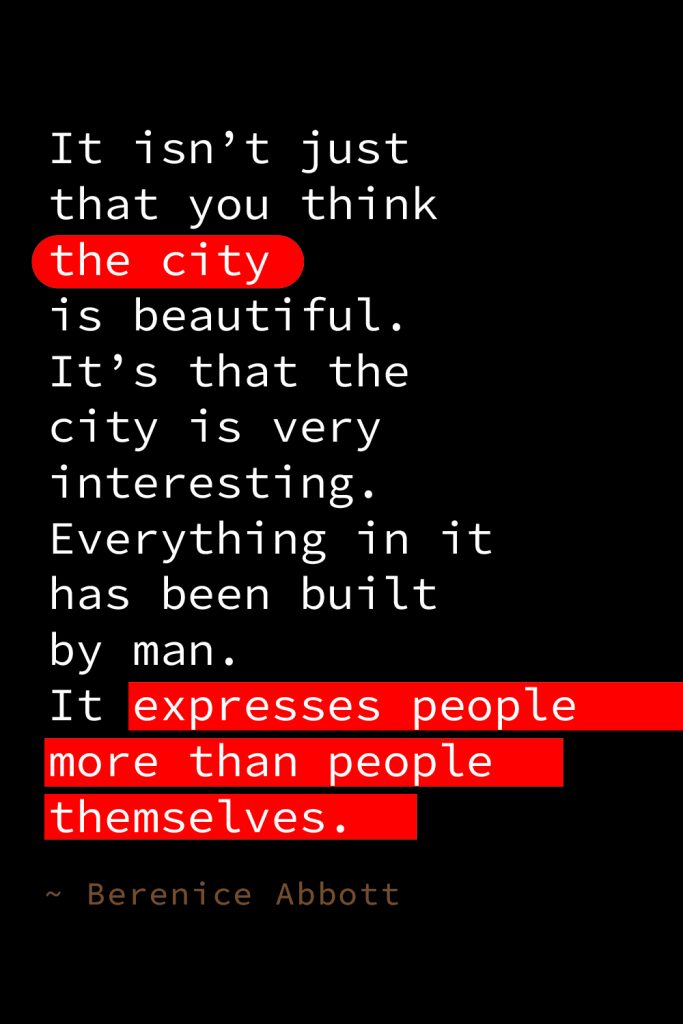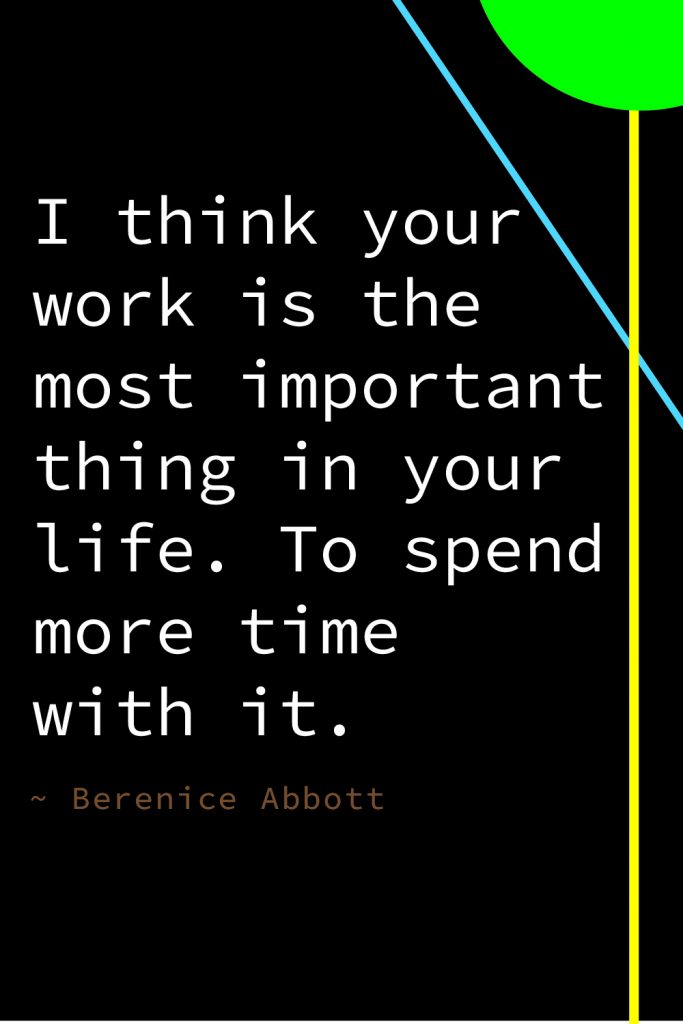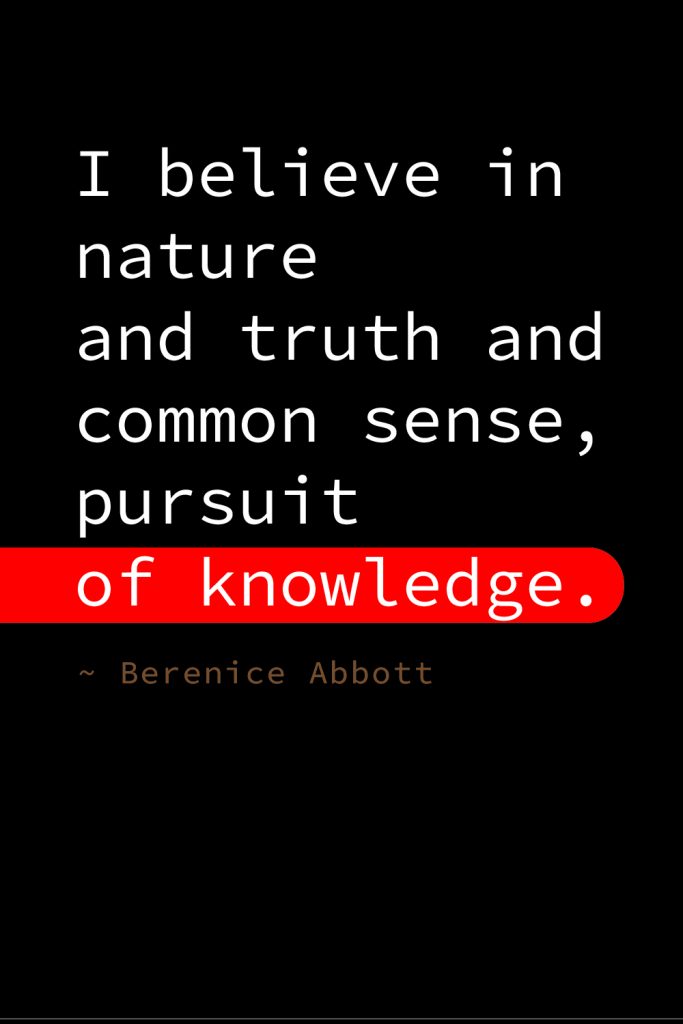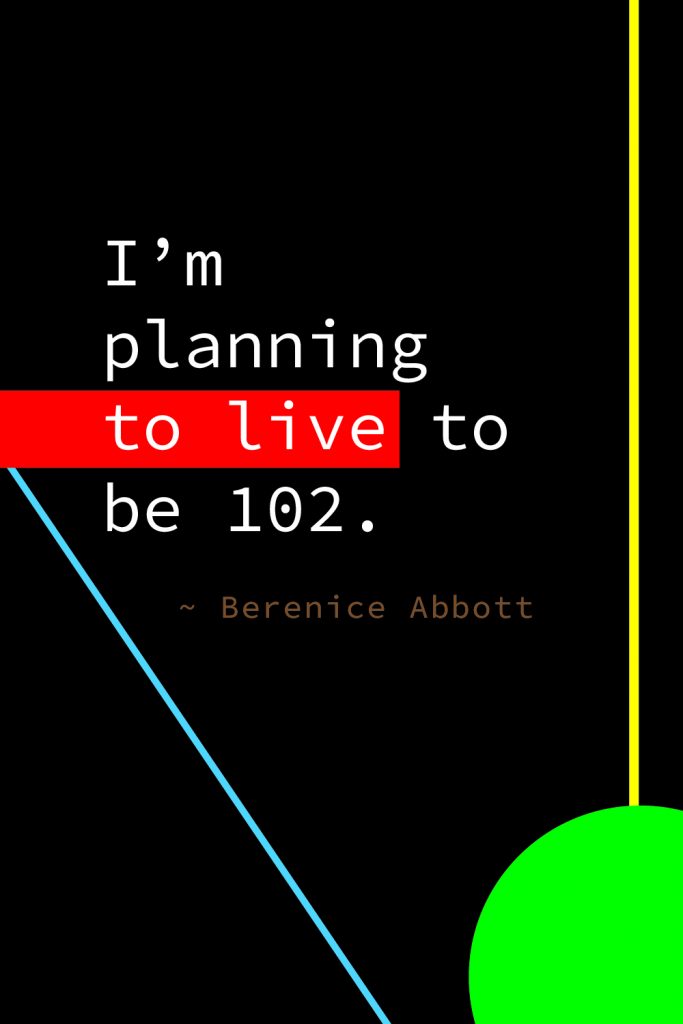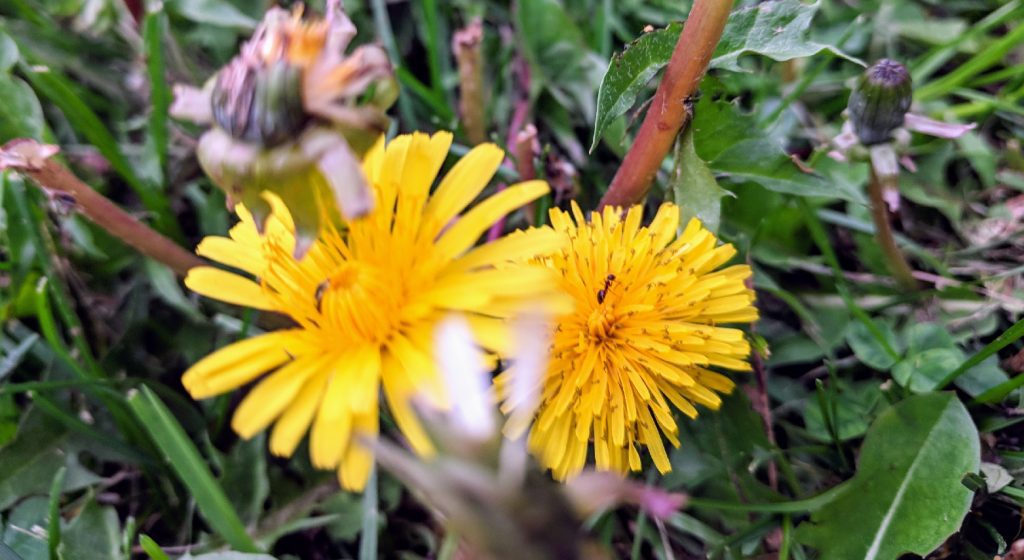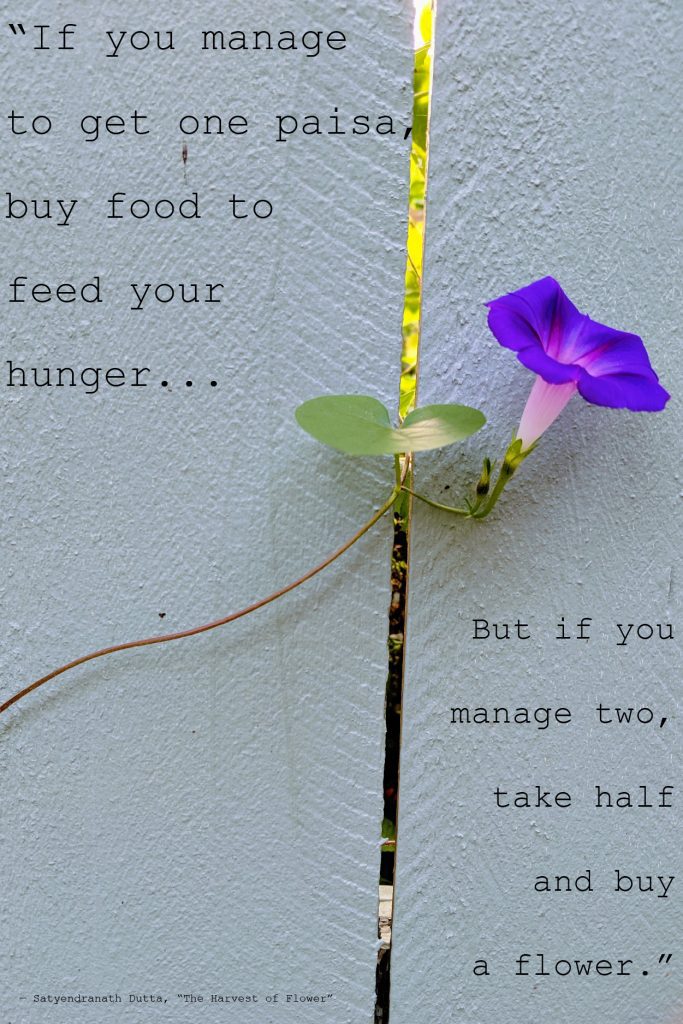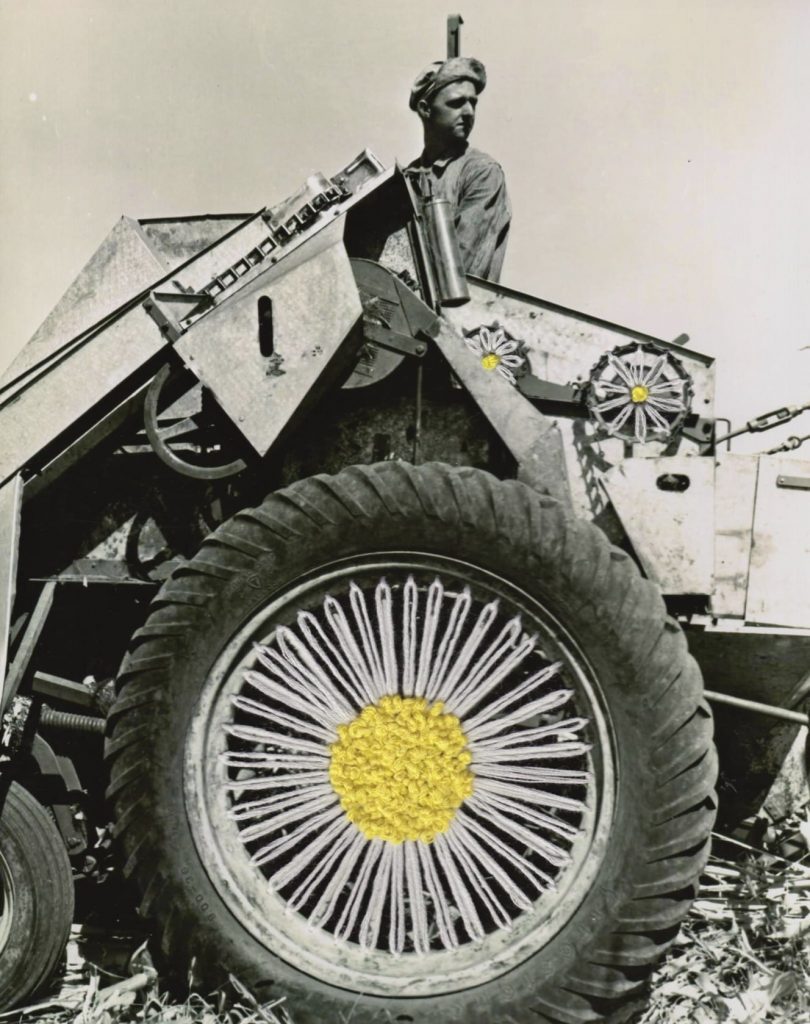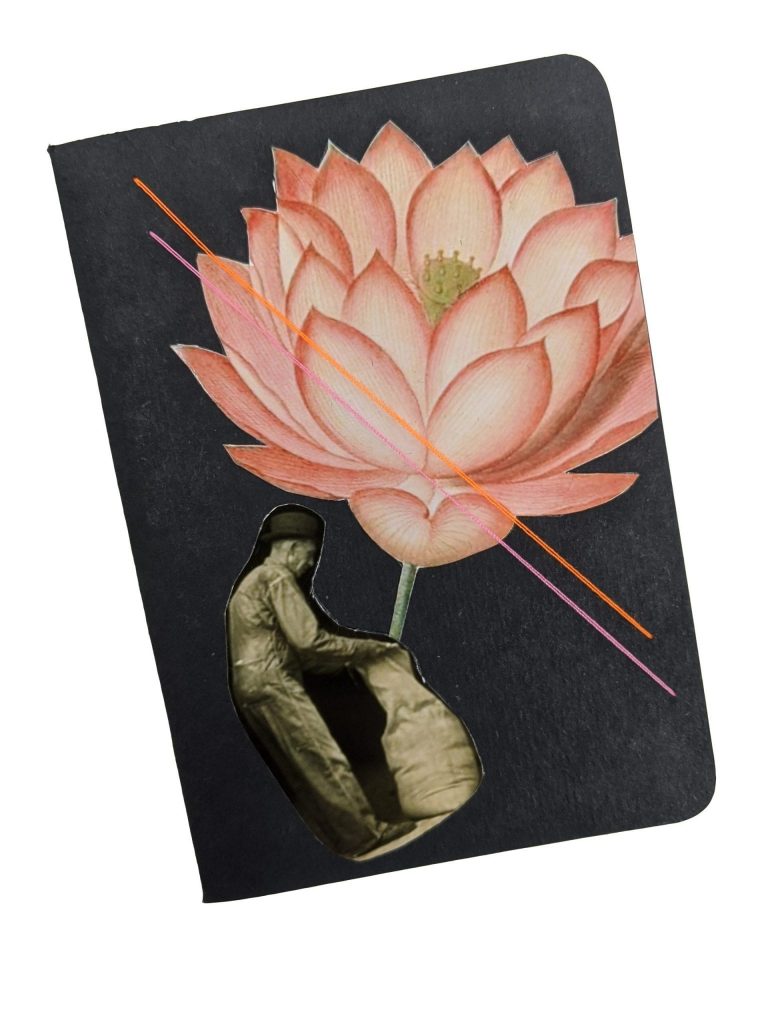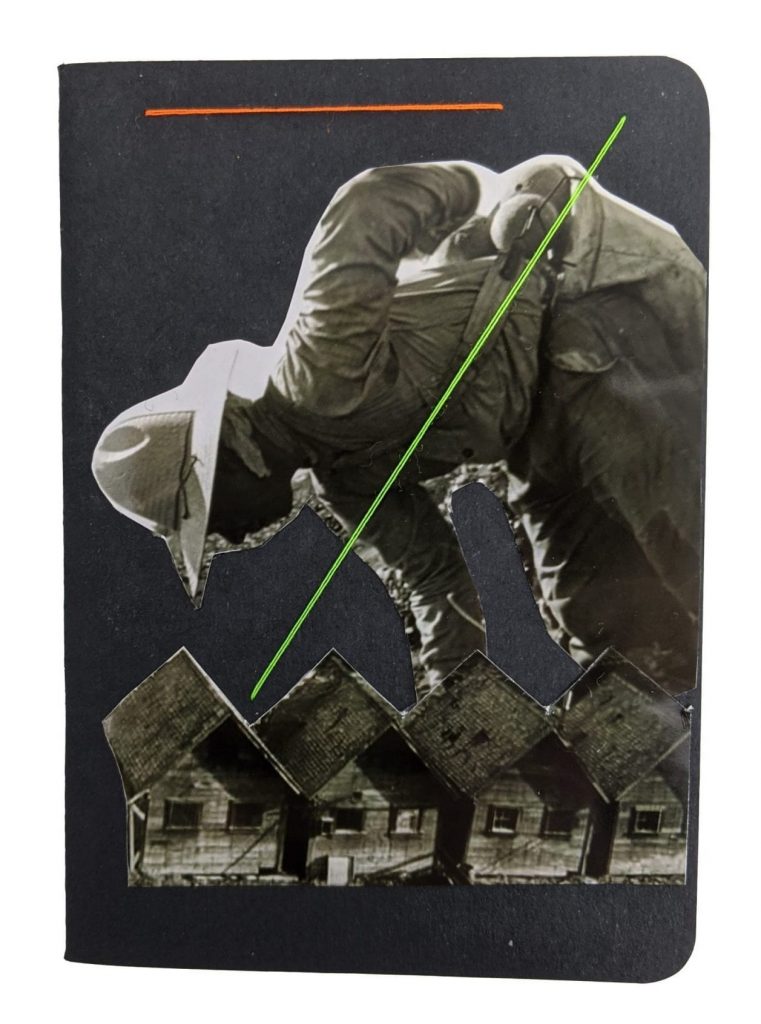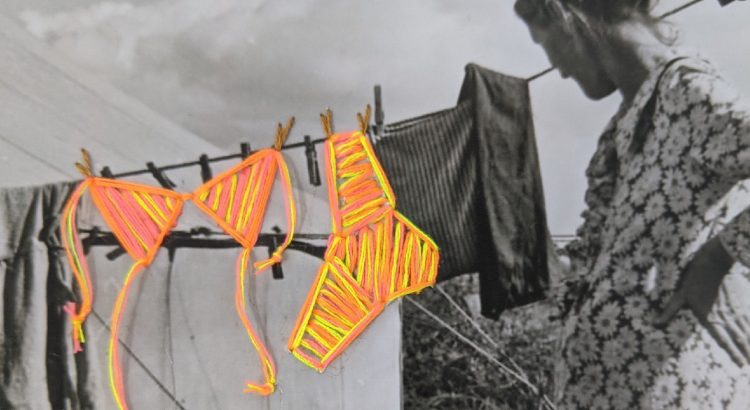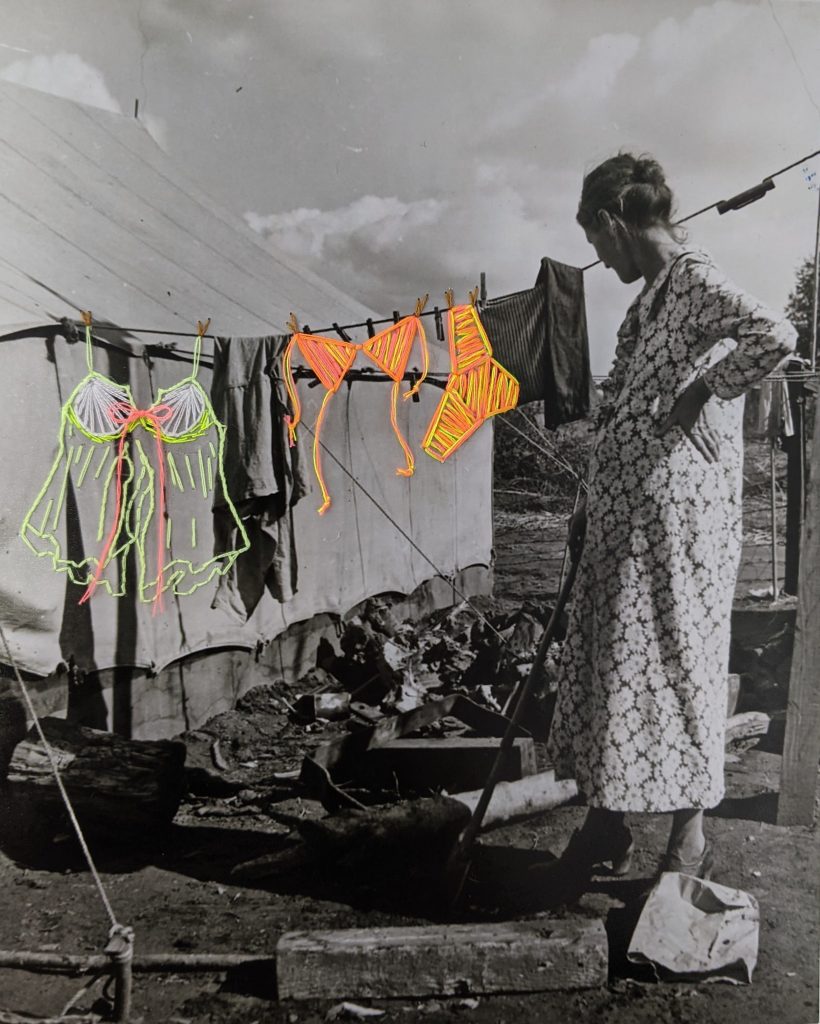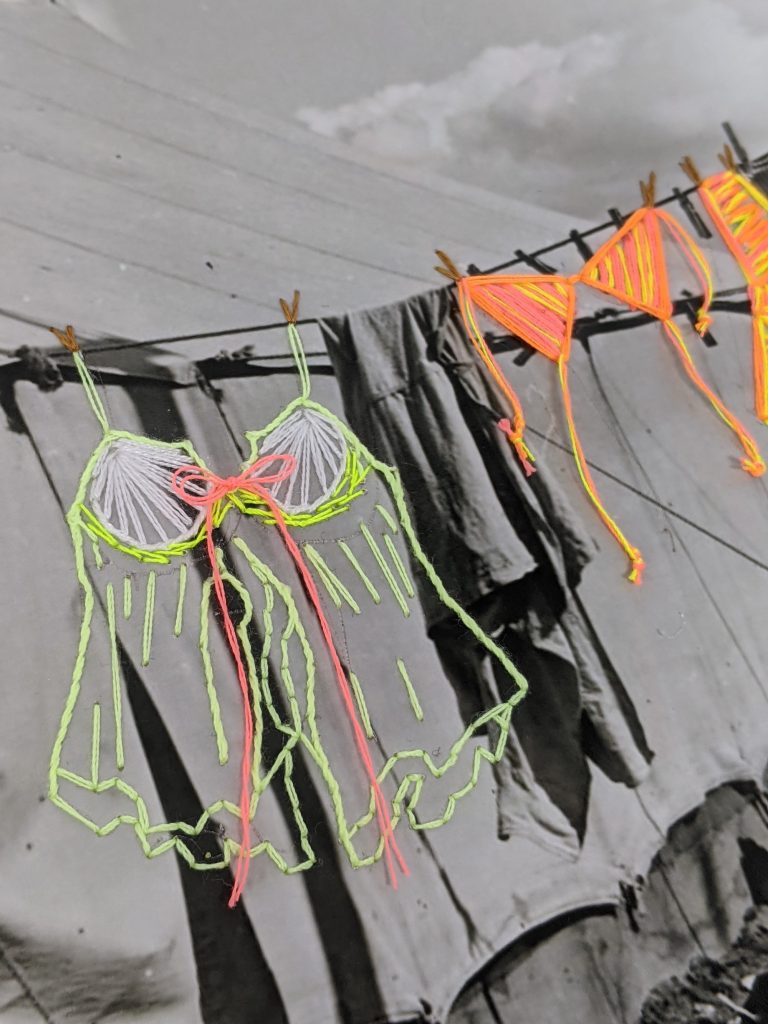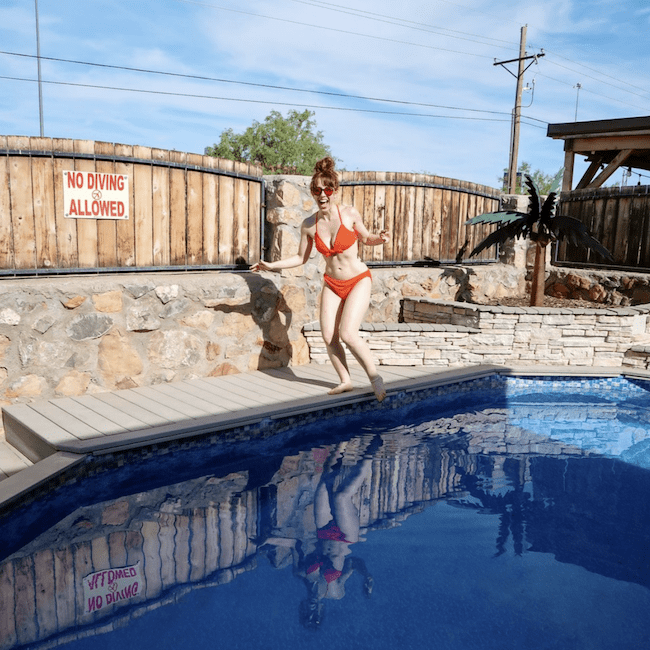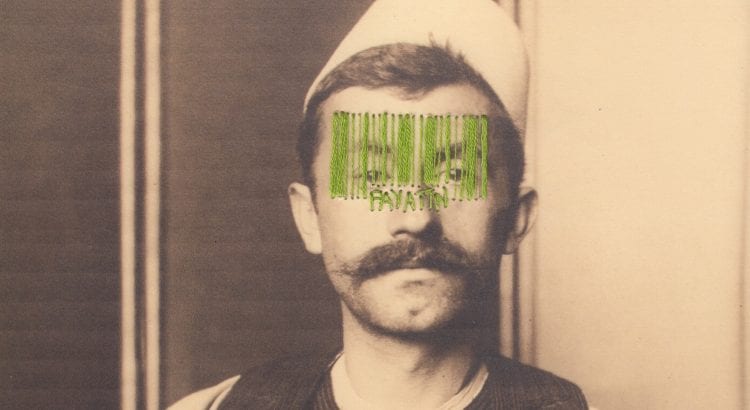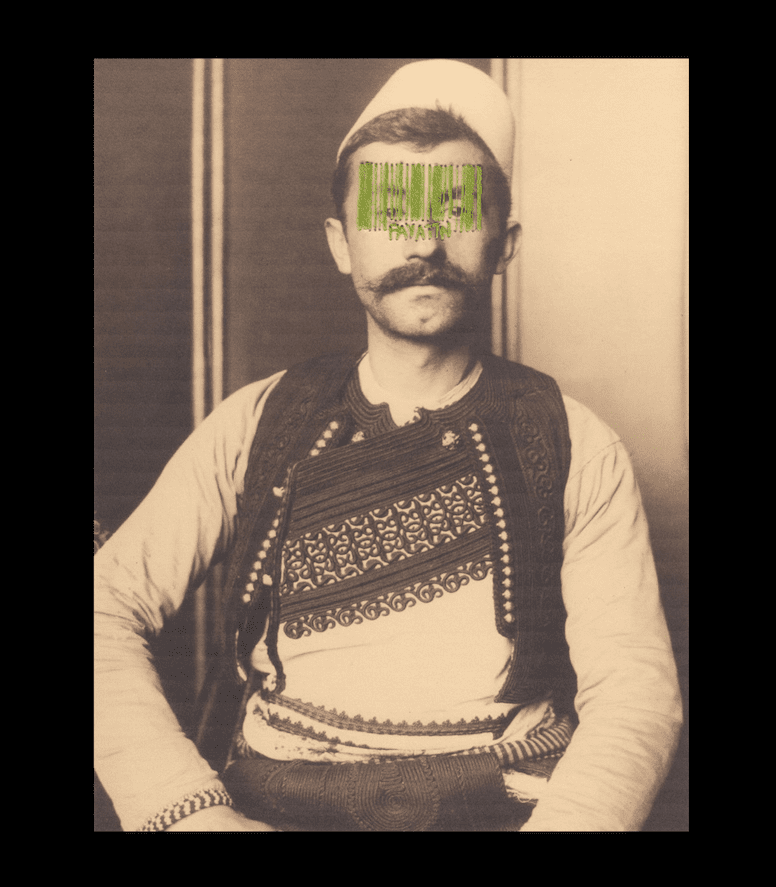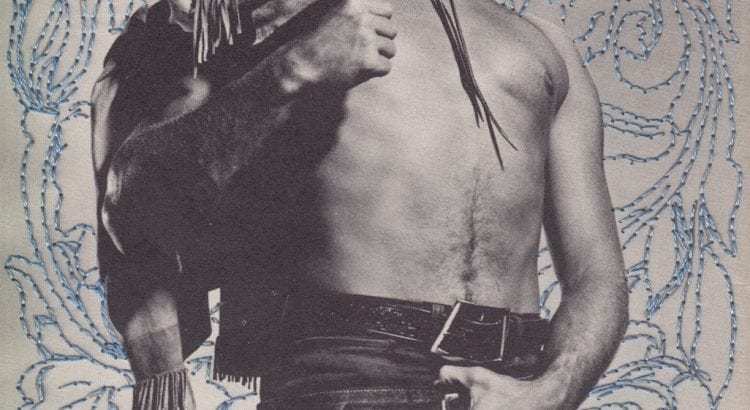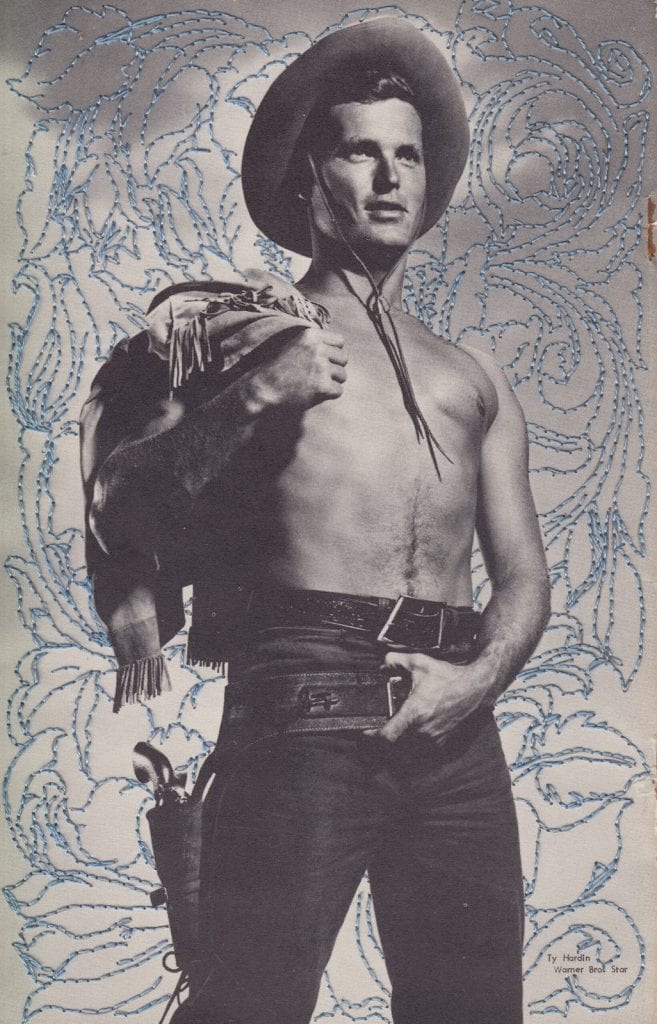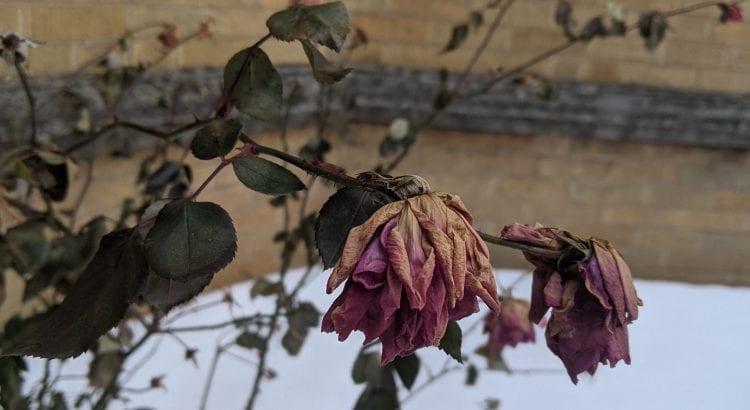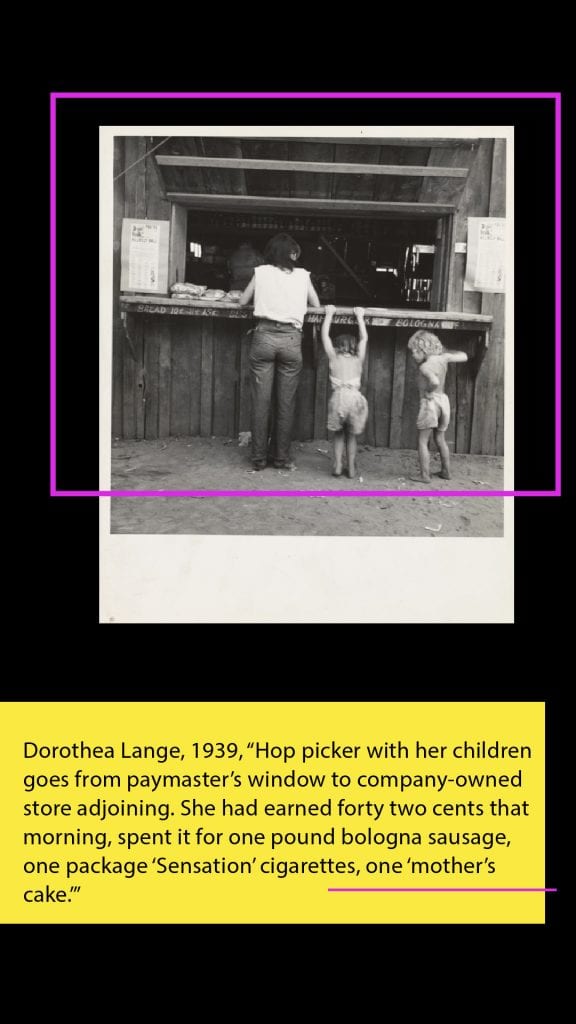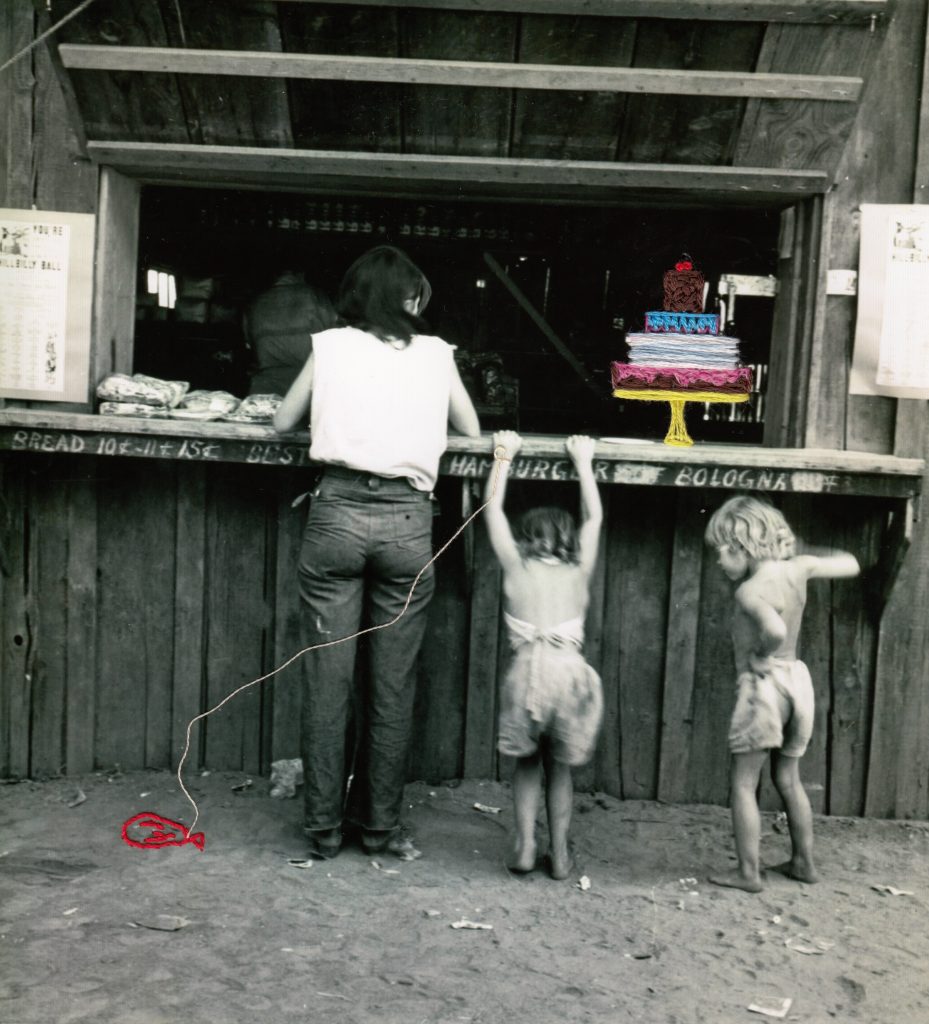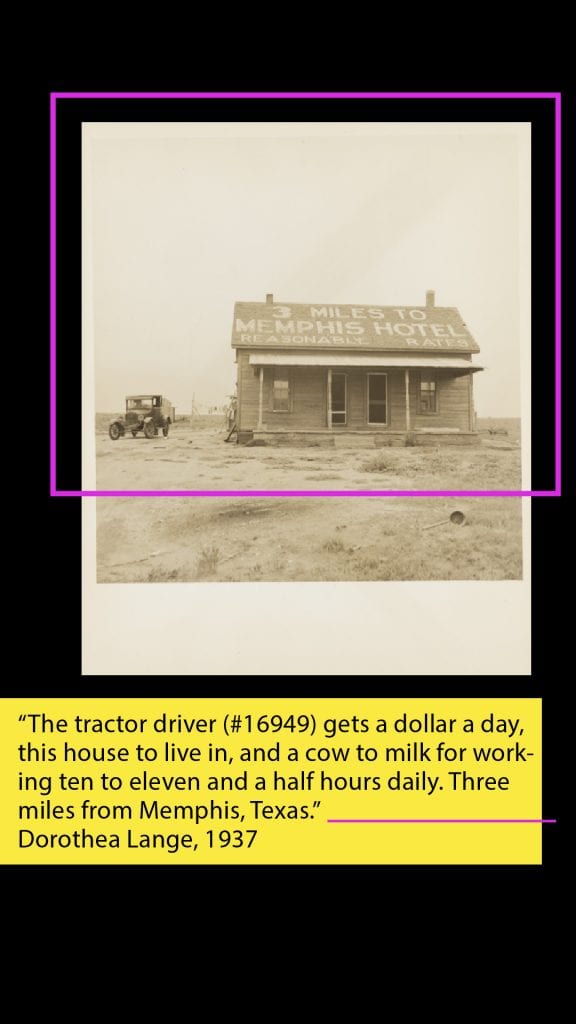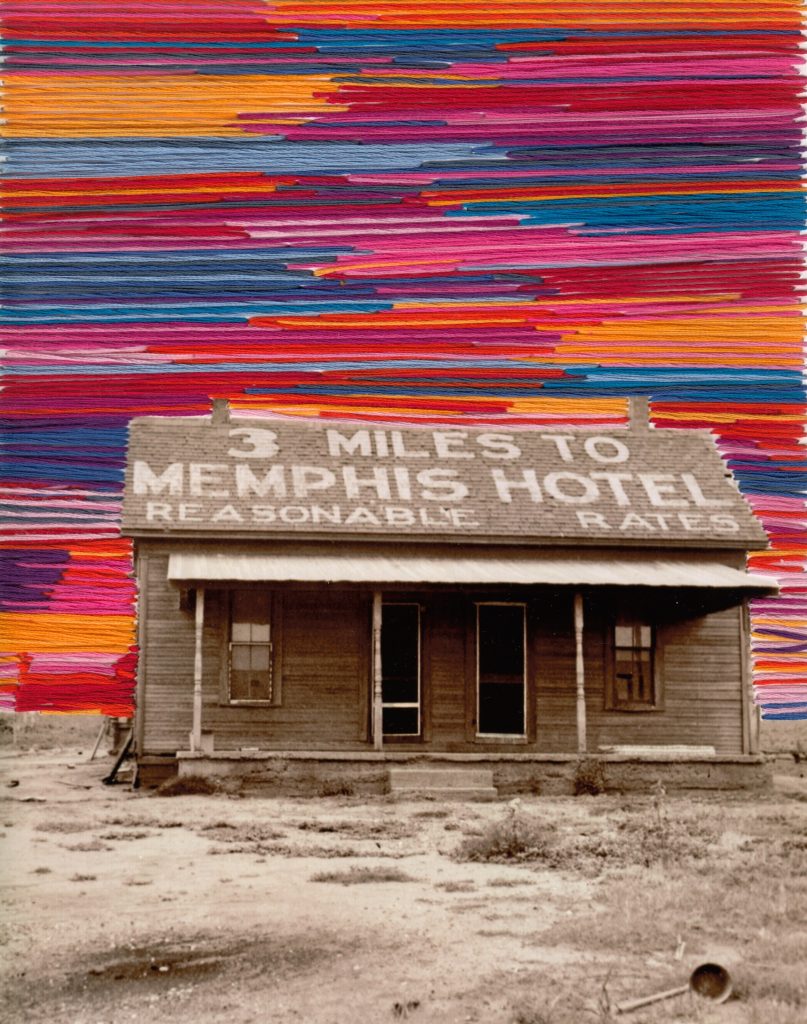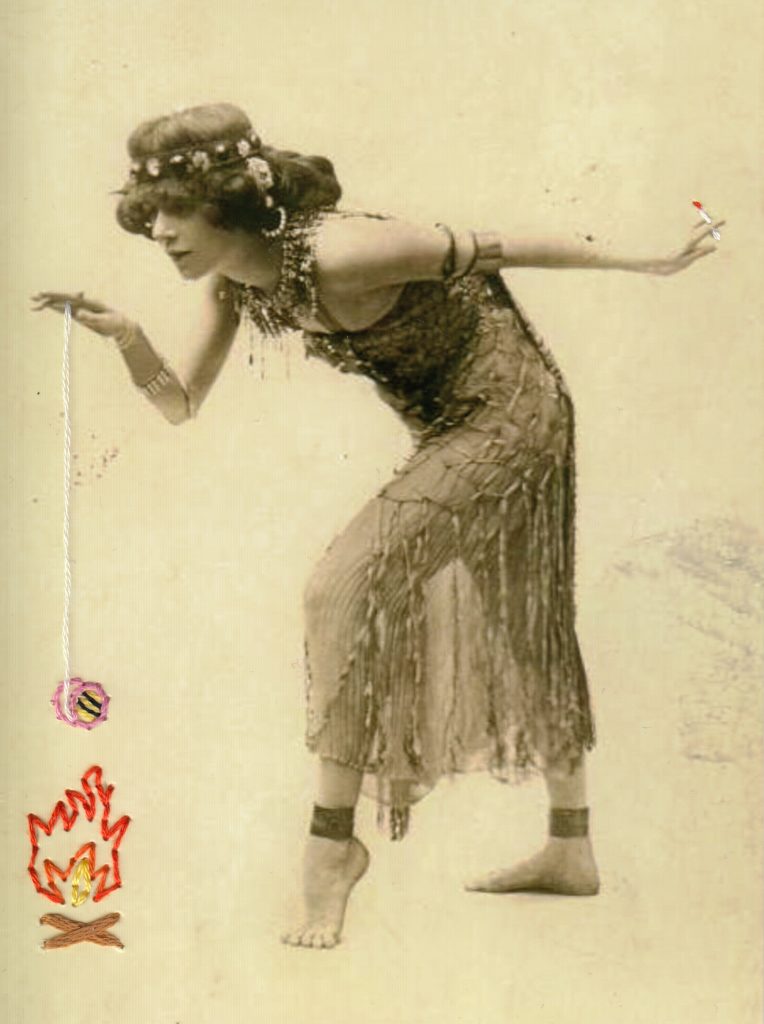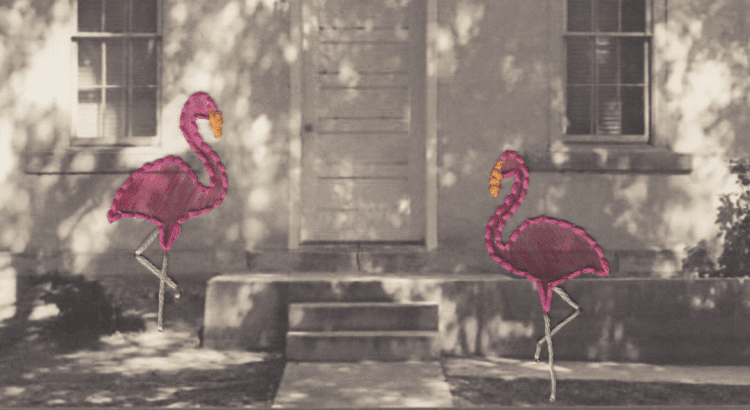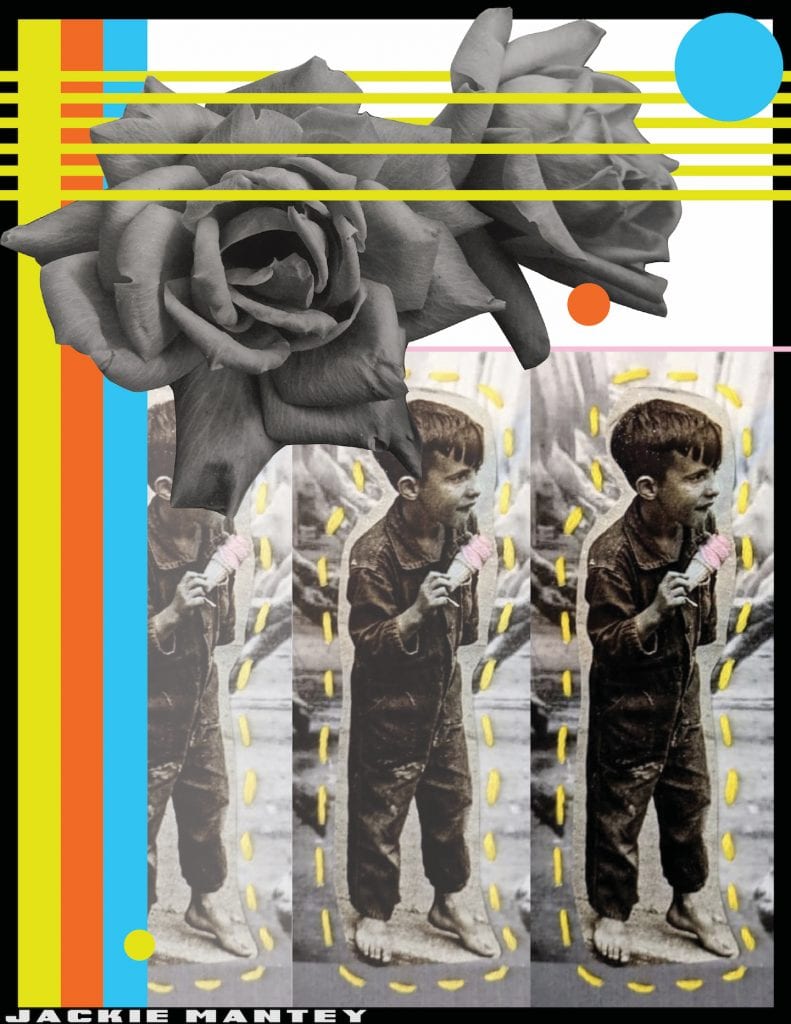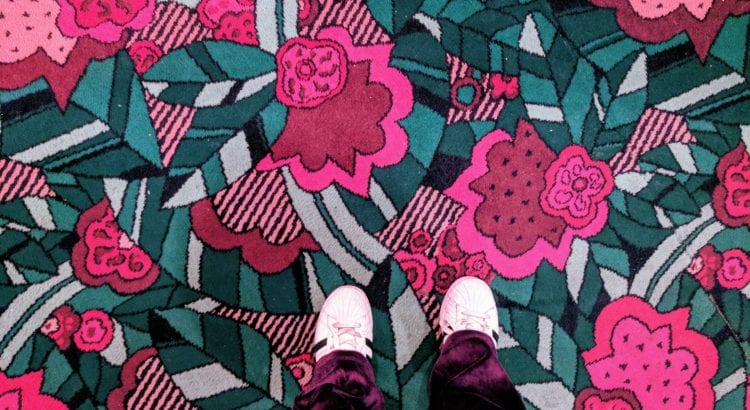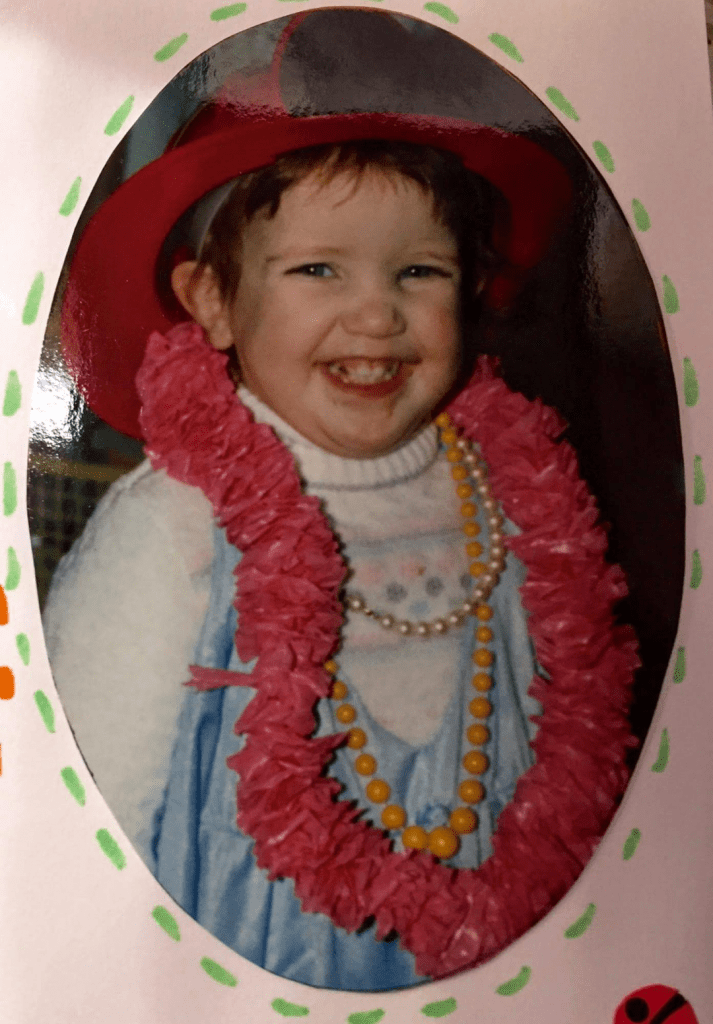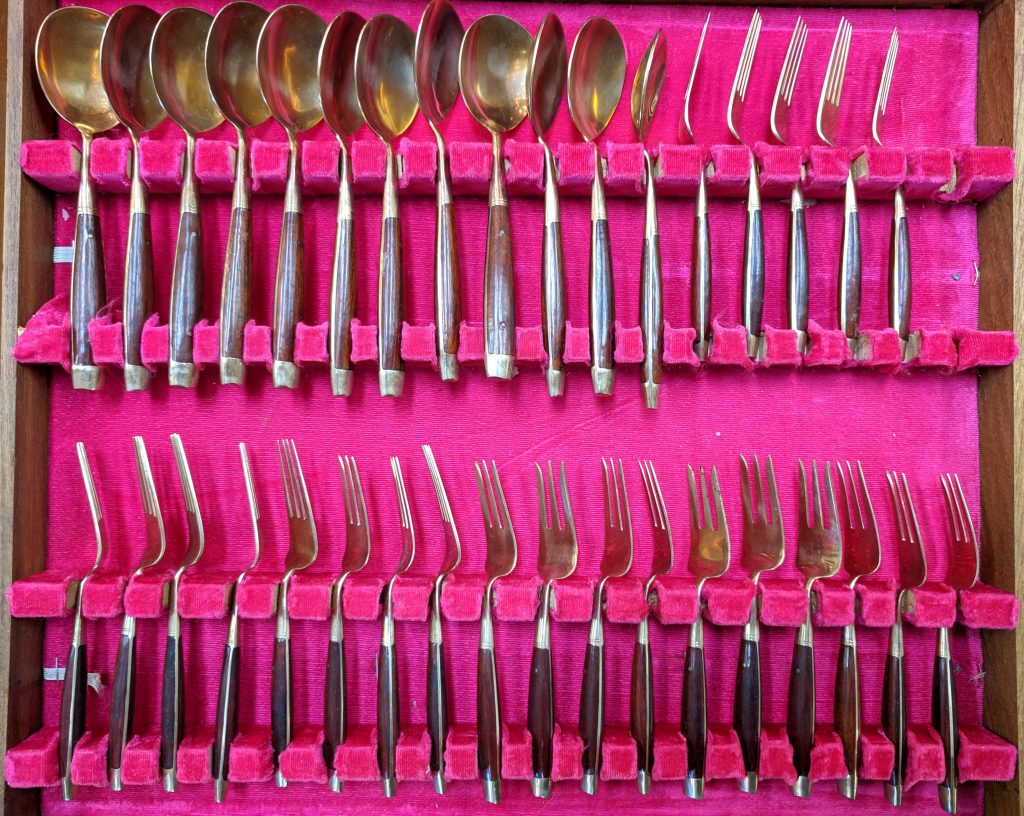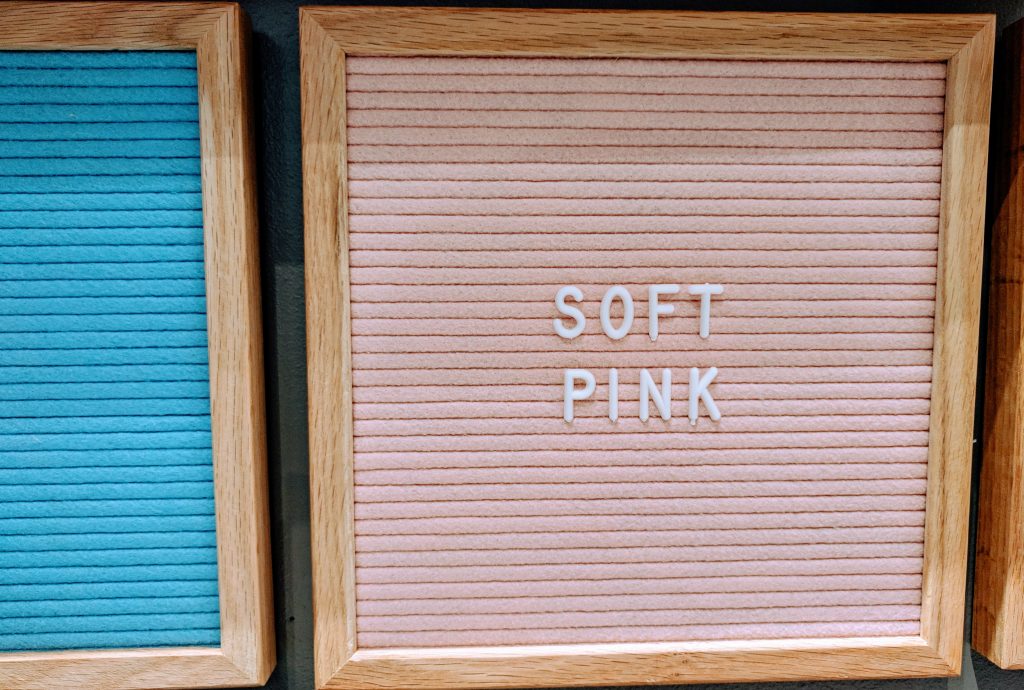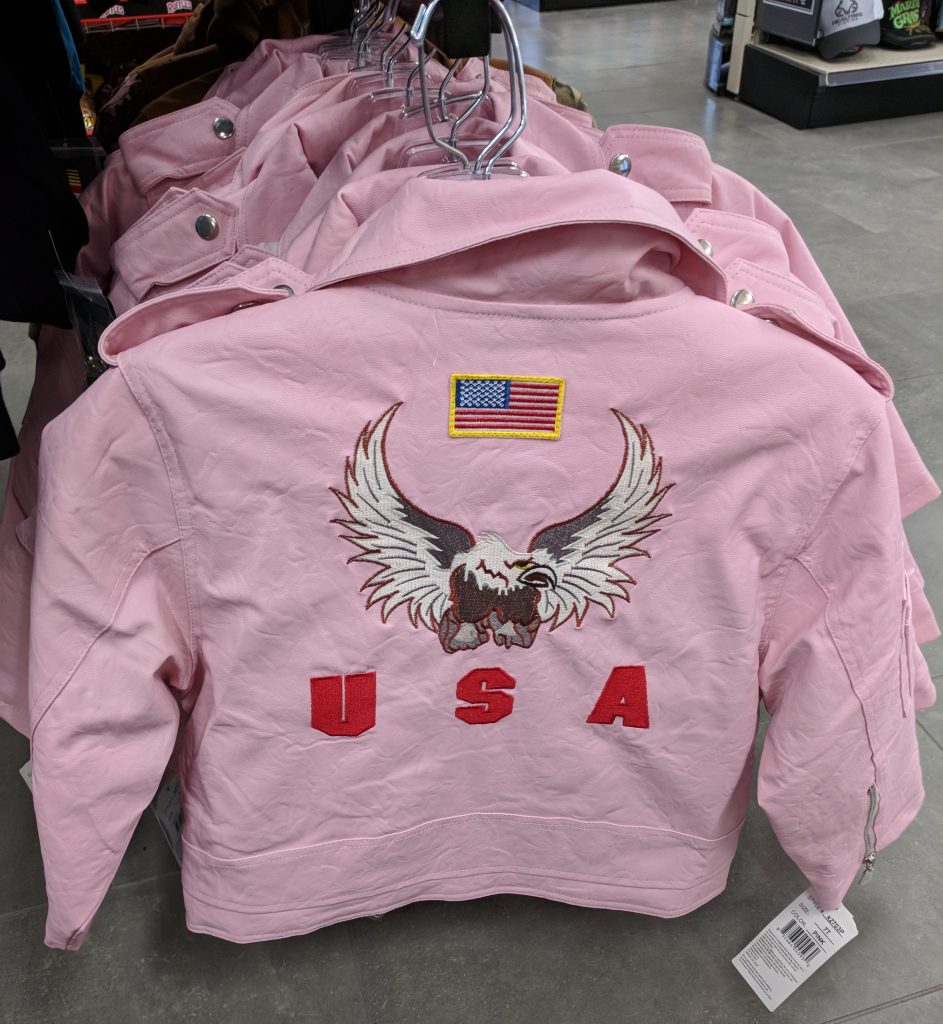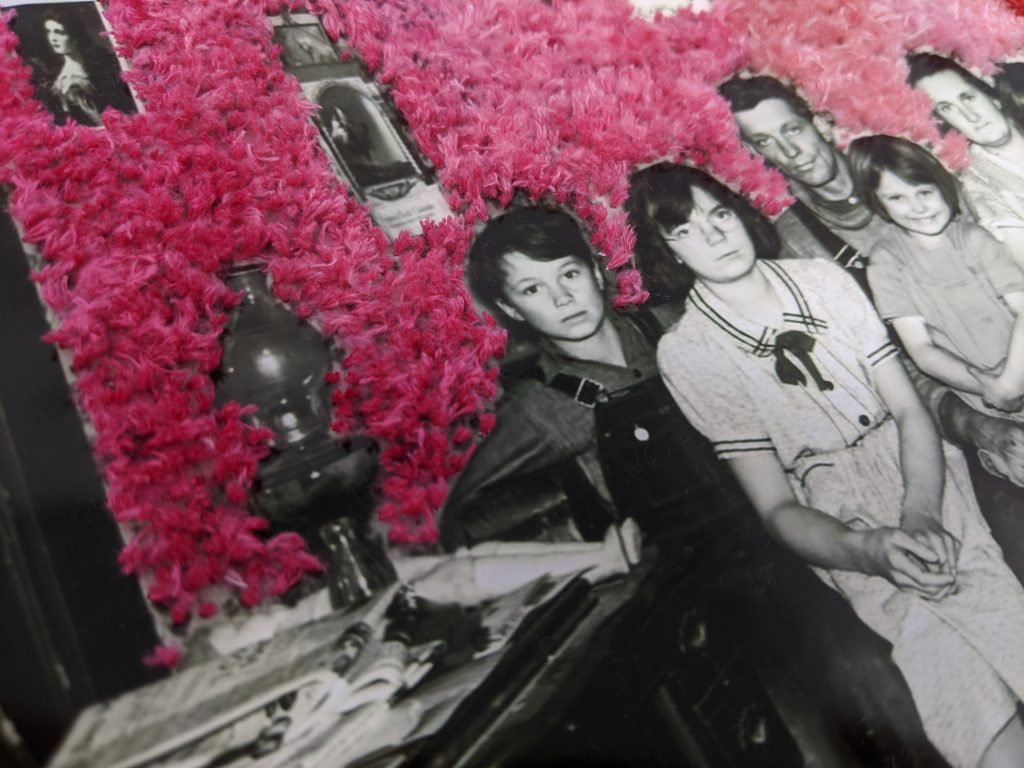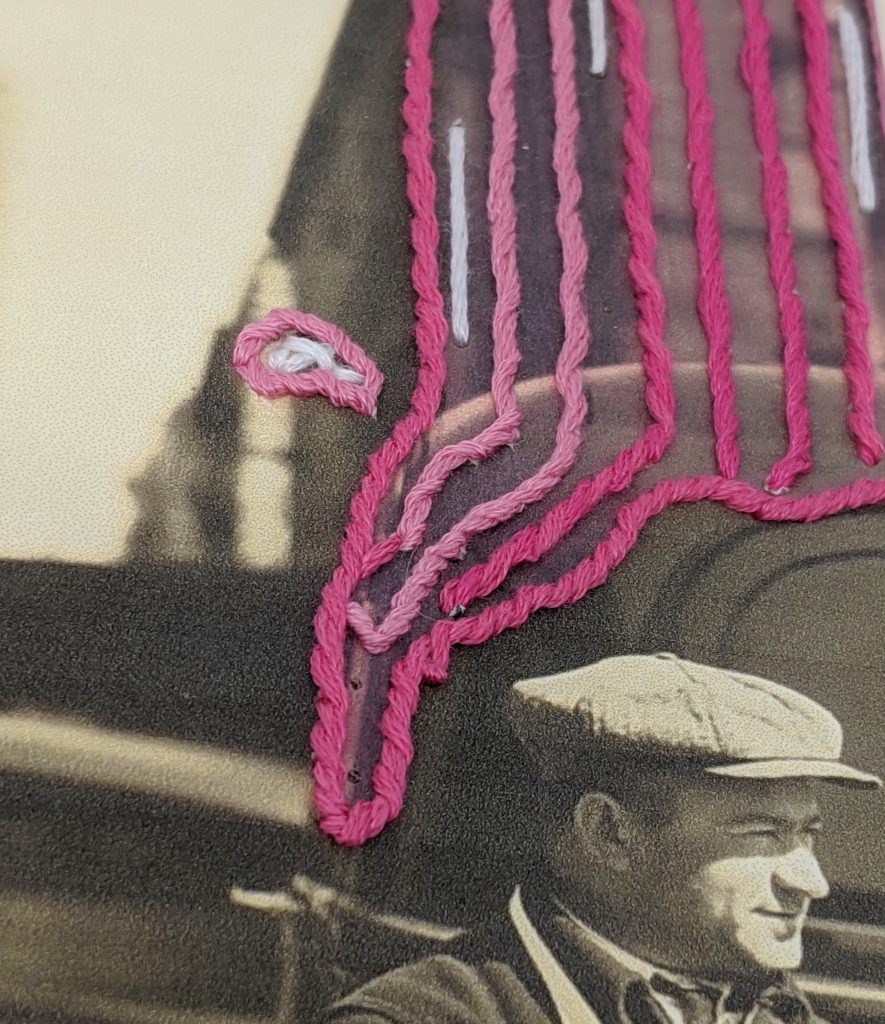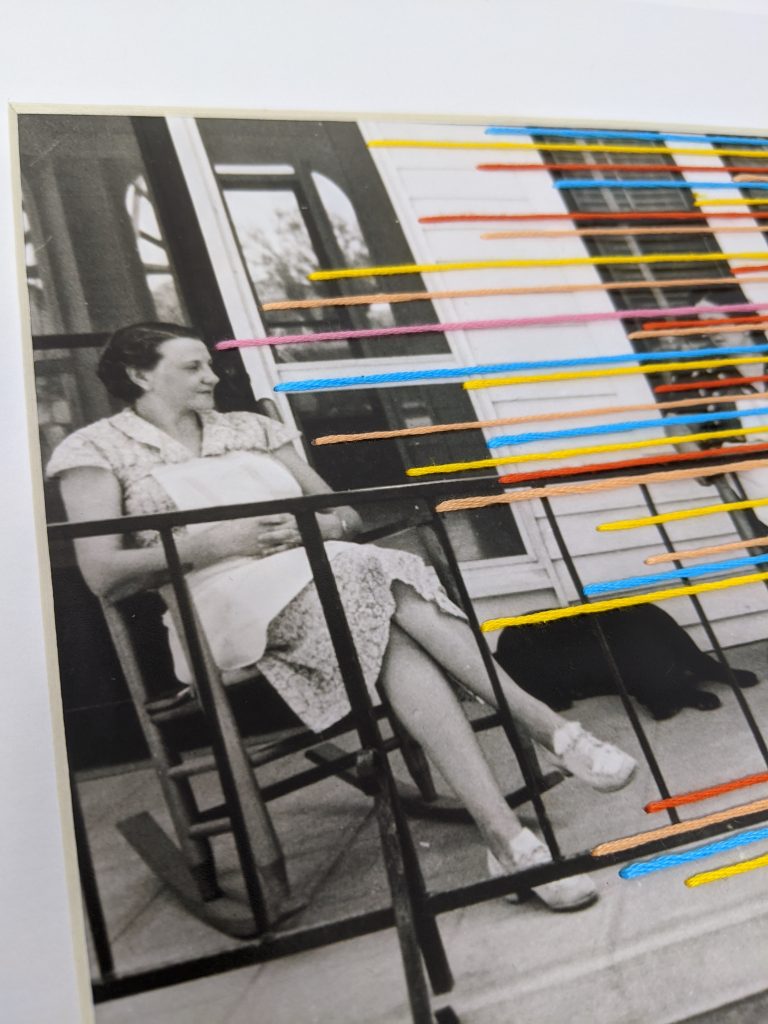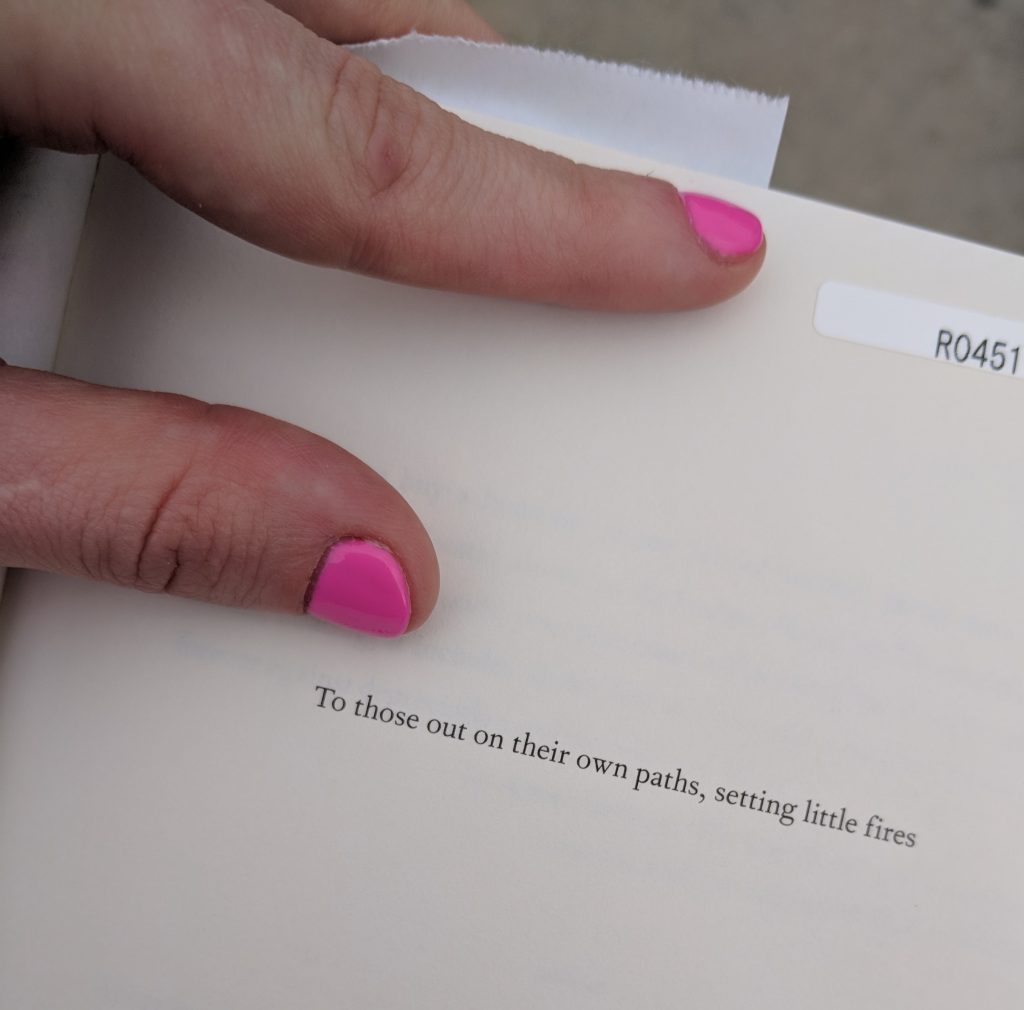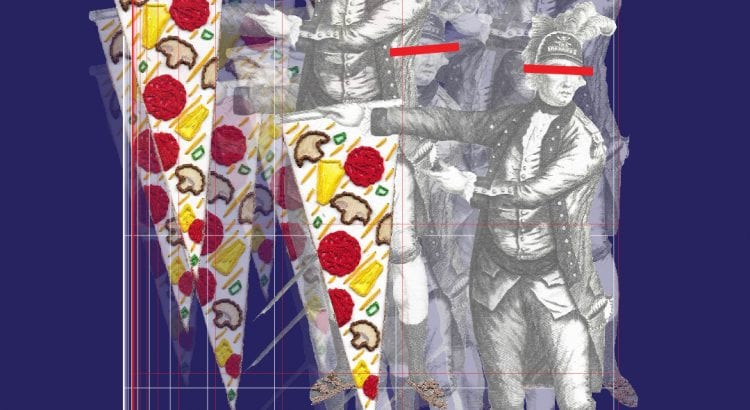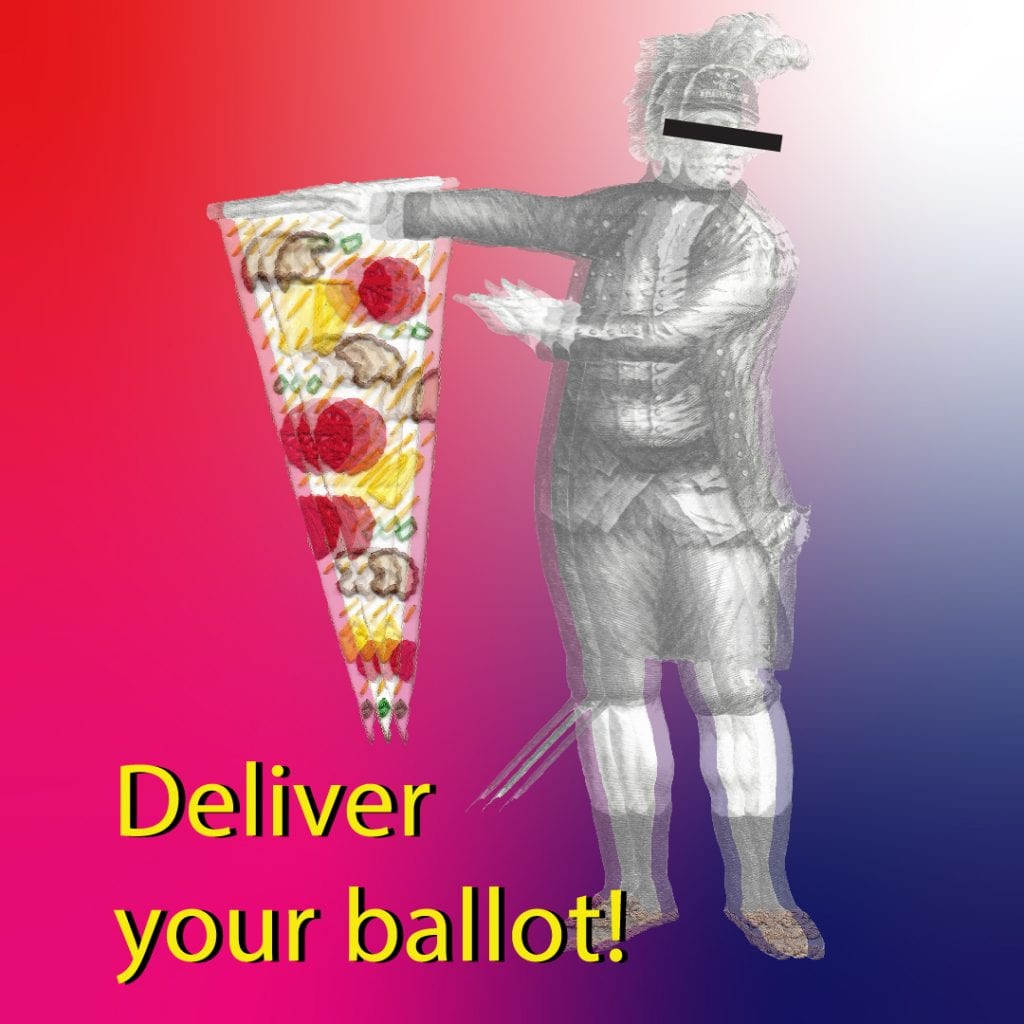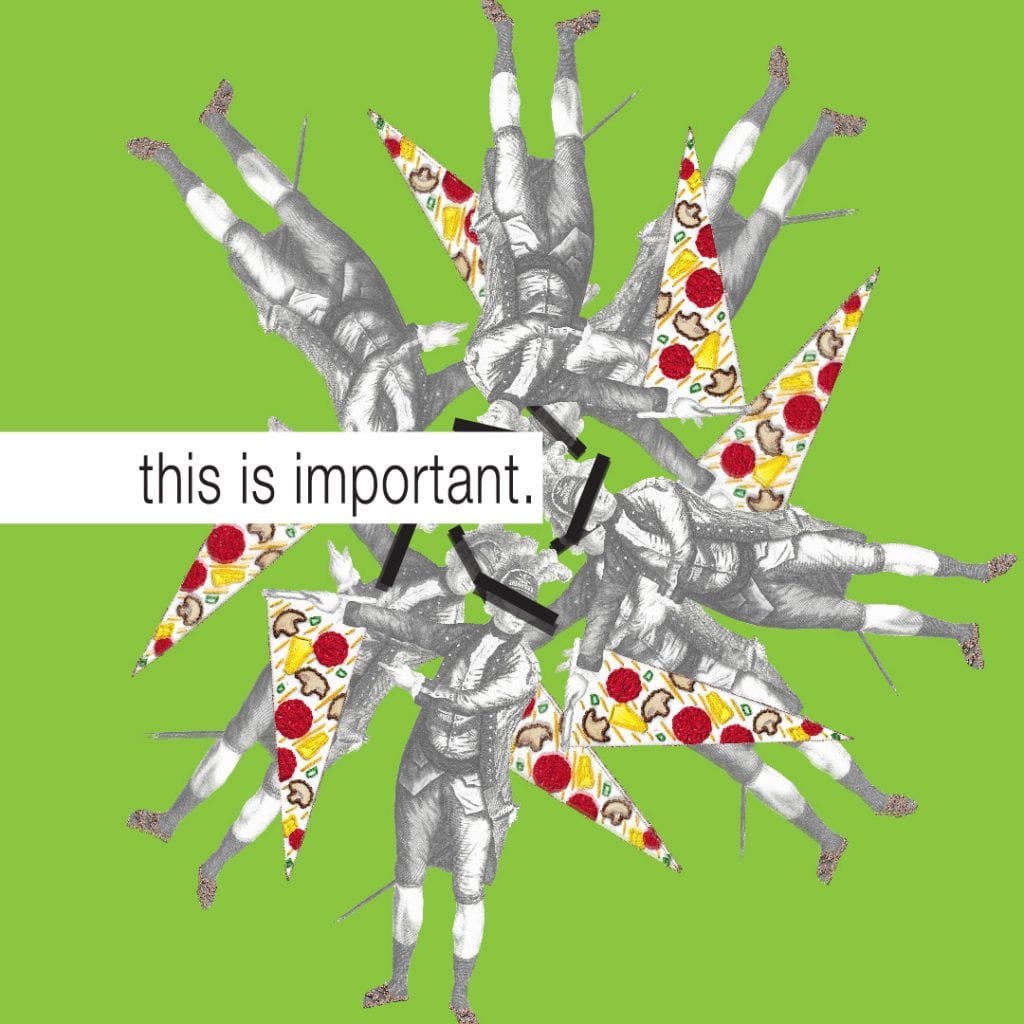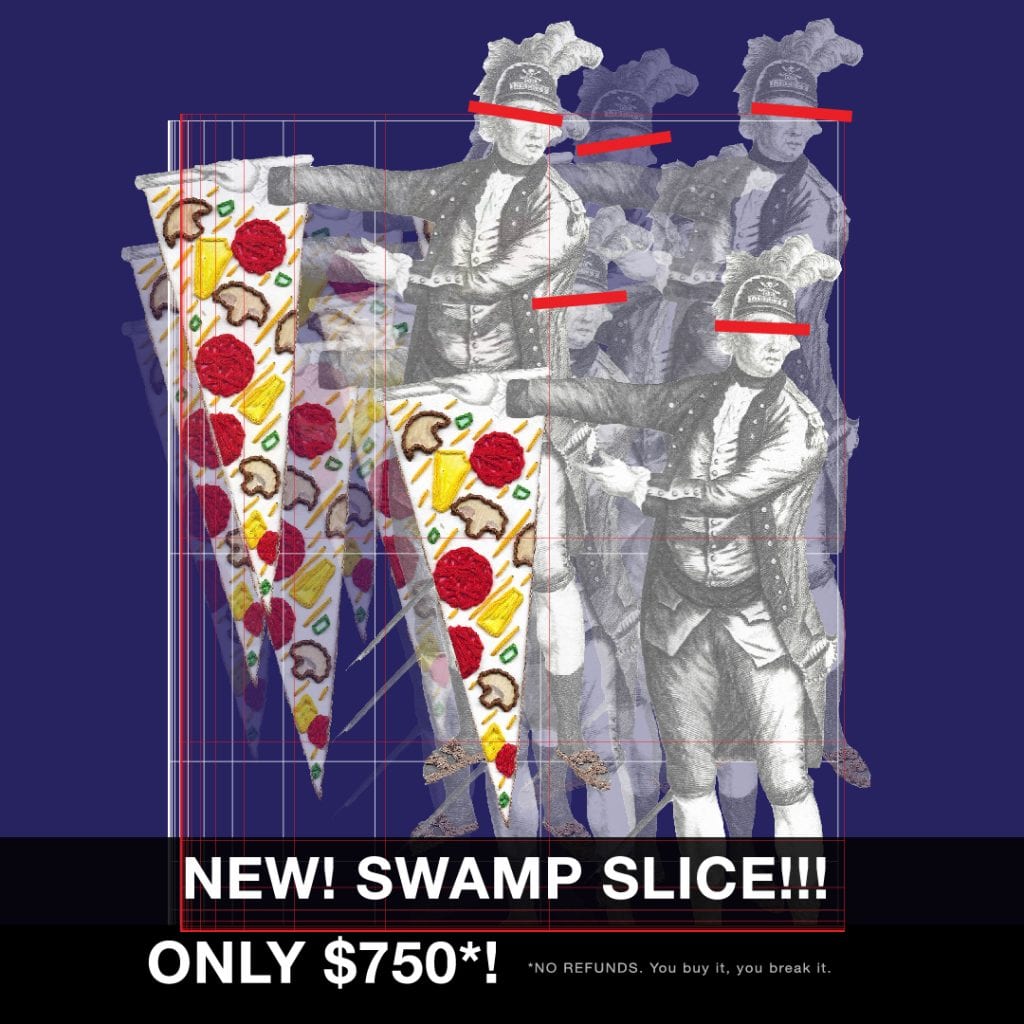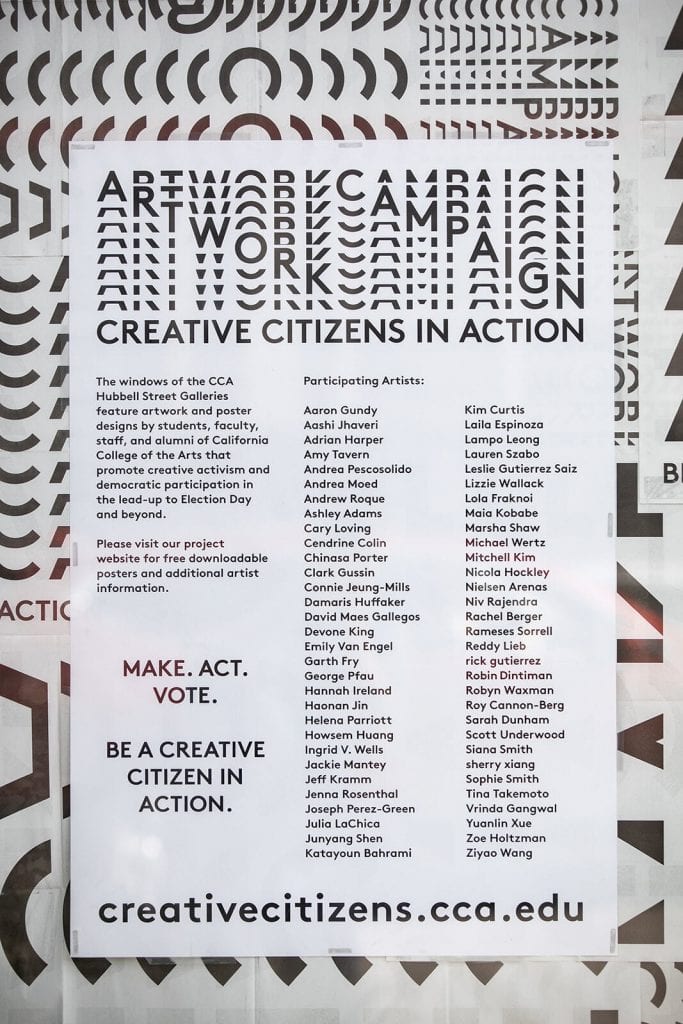On this day nearly 100 years ago (1927), Isadora Duncan died the strangest death. She was strangled in not-so-nice Nice (France).
By her scarf.
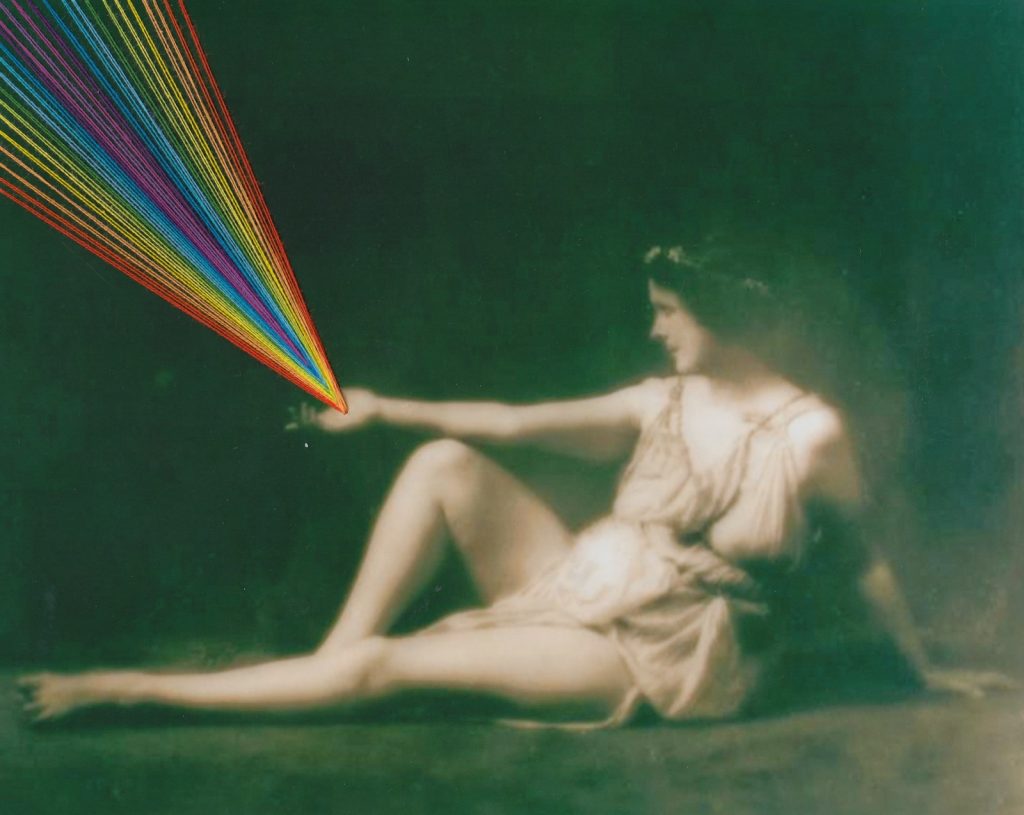
Duncan was a dancer, remarkable for her ability to use the body’s natural movements and desires as guides for her improvisational choreography. She is remembered for her movement-based rebuke of classical dance and its wealthy connotations at the time. Her dance was independent. Emotional. Beloved by sad corseted ladies and boho-minded men yearning to be free the world over.
Because of this dance style, scarves were kind of her thing.✌️ She usually danced barefoot, while wrapped in free-flowing gowns.
I know this sounds kind of “so what?” in the context of today, a time in which Bonnaroo exists and you can’t walk past a modern dance performance without being thrown a curtain from the rafters to climb into and be swaddled like a baby in the cradle of the womb your subconscious still craves.
But!
At Duncan’s time, the drapery was rebellious — shocking even! Her movement style and sartorial choices were a stark contrast to the toe mashing and waist gashing of classical ballet, the bitchy bell of the dance ball for too long.


Here’s what was not her thing: Cars. 😠 I’m being glib, but this part is actually super sad. Duncan had three children (“all out of wedlock,” Wikipedia notes… hell yeah, Izzy). We’re already off the rails here, so I’m just going to quote Wikipedia again:
“The first two [children], Deirdre Beatrice (born 1906), whose father was theatre designer Gordon Craig; and the second, Patrick Augustus (born 1910), by Paris Singer, one of the many sons of sewing machine magnate Isaac Singer, drowned in the care of their nanny in 1913 when their car went into the River Seine.”
Daaaaamn…. 🙁 And then:
“In her autobiography, Duncan relates that [IN HER UNIMAGINABLE GRIEF] she begged a young Italian stranger [HELL YEAH, IZZY], the sculptor Romano Romanelli, to sleep with her because she was desperate for another child. She became pregnant and gave birth to a son on August 13, 1914, but he died shortly after birth. [WTF!]”
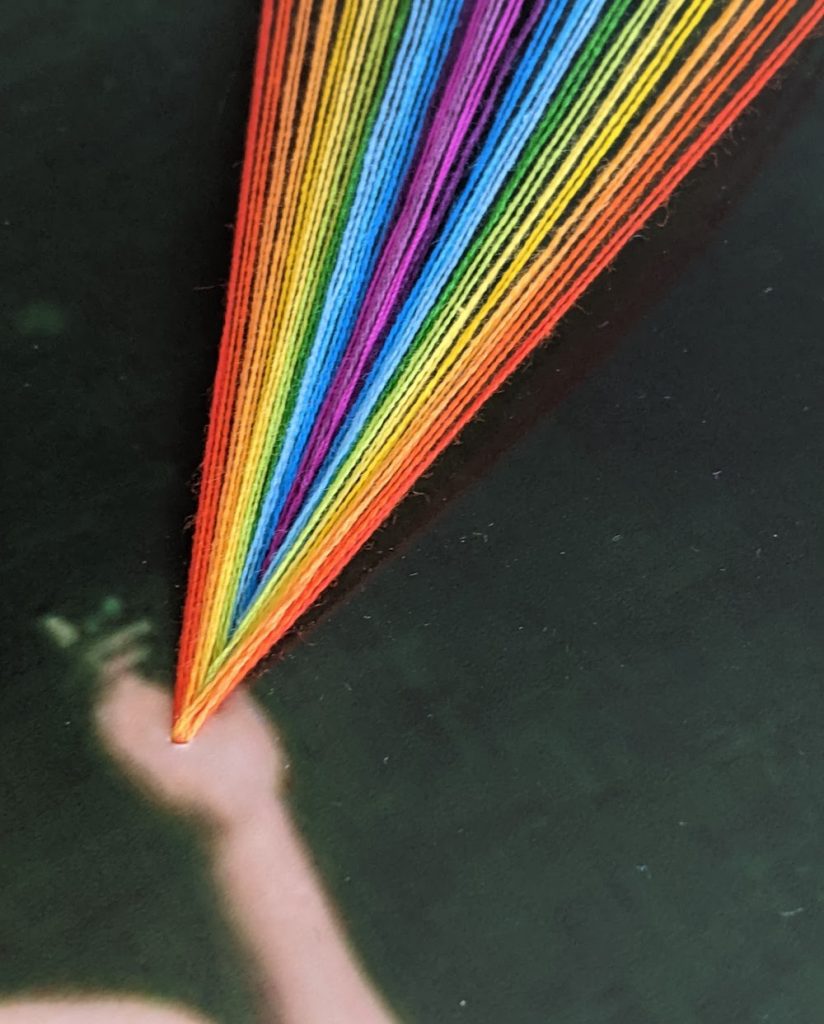
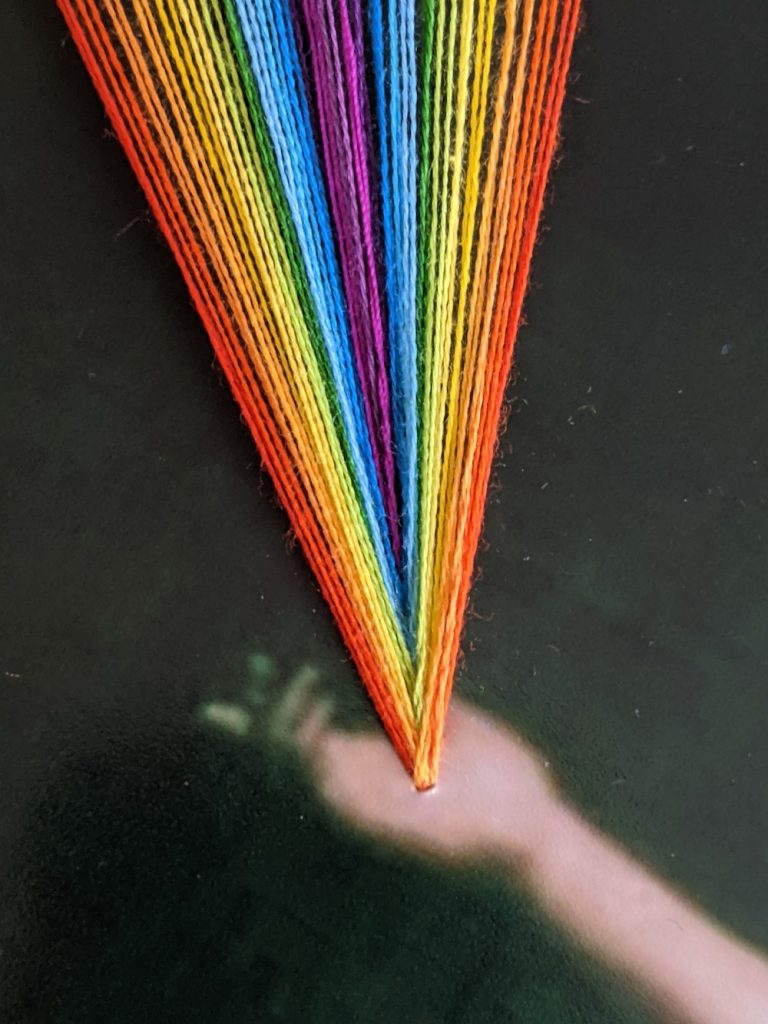
One can not blame Dear Isadora, then, for ignoring the warning of her fellow passenger on that fateful joyride in 1927 to watch her damn scarf.
Why not live free? Look fabulous? Die at 50 in a tragic and grotesquely bizarre way befitting a tragic and beautifully bizarre life? With a burdenous heart broken such as that… then what, pray tell my young man, is a broken neck?
The scarf caressed her as l’automobile revved faster on whatever rue de la franacaise. It slithered silky and sensual out the window, fluttered with the wind and shivered with thrilling joie de vivre. Then, spotting the car’s open-spoked wheels and, being one to fancy danger, the scarf flirted and tickled and teased and then licked the rear axle. The tire, all business of cut-throat rubber and metal grinding dirt, responded and swallowed the tongue of that scarf and consumed it in one harumphing gulp, pulling the legendary body of Isadora Duncan down with it for dessert.
A snap. A slice. An exit wound.
A goodbye, sweet world. A thanks for the dance. ✌️
